Auditory perception is an important part of a child’s healthy intellectual development.
What is it, and how can parents and teachers develop this skill in children through simple games and activities?
In this article, I’ll share some fun auditory perception activities for kids in preschool and kindergarten.
What is Auditory Perception?
Auditory perception (or auditory perceptual skills) is the brain’s ability to interpret sounds heard through the ears. It involves attaching meaning to sound.
Why is it Important?
Auditory perception is essential for children’s language development, which contributes to their overall cognitive development.
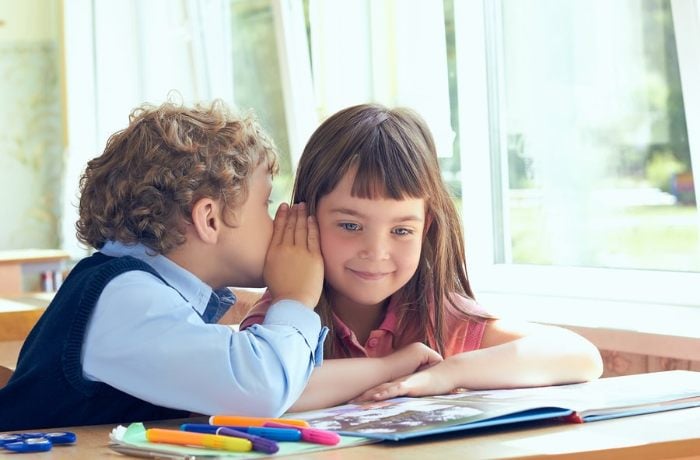
Auditory Perceptual Development and Reading
To learn to read, children need strong auditory and visual perceptual skills. Reading involves manipulating sounds and attaching meaning, using skills such as auditory memory, discrimination, comprehension, analysis, and synthesis.
Aspects of Auditory Perception
Auditory perception skills can be categorized into the following types or aspects, as described by Martie Pieterse in her book Language and School Readiness.
- Auditory Discrimination: The ability to distinguish between different sounds, hearing similarities and differences (e.g., chair vs. share).
- Auditory Memory: The ability to remember what has been heard, both related and unrelated sounds.
- Auditory Sequential Memory: Remembering sounds in the order they were heard, crucial for language development, reading, and spelling.
- Auditory Analysis and Synthesis: Breaking sounds into parts (analysis) and blending them (synthesis), essential for reading and spelling.
- Auditory Foreground-Background Discrimination: Focusing on specific sounds amidst background noise, like listening to a voice in a busy room.
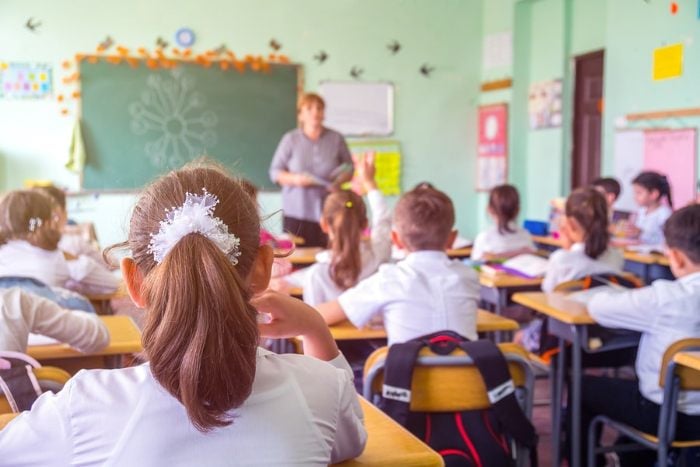
22 Auditory Perception Activities for Preschoolers
Here are some examples of simple auditory perception activities you can do with your preschoolers in just 5 or 10 minutes a day to sharpen their ears!
1. Read
Read to your children every single day if possible. Use different tones, voices and speeds as you read.
Don’t forget nonsense rhymes and books that focus on rhyme. Every child should grow up listening to books such as those by Dr Seuss, to train their ears to recognise different sounds.
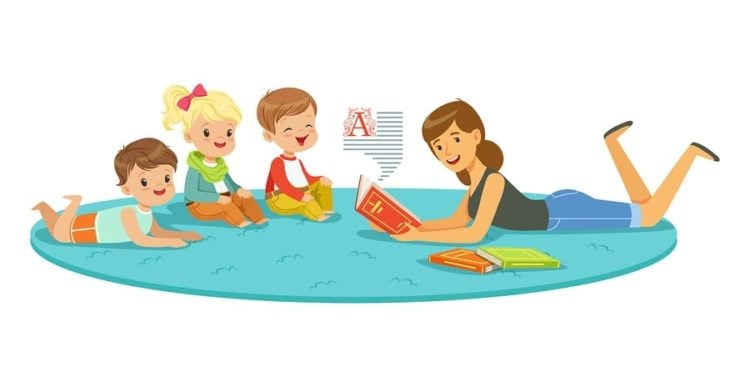
2. Talk
Talk to your children at every opportunity, asking open-ended questions and encouraging them to respond.
3. Nursery Rhymes
Sing nursery rhymes, action rhymes and finger rhymes. Rhymes are not just fun, but an essential pre-reading activity as they develop phonological awareness in young children.
4. Music
Expose children to a wide variety of music – children’s songs, theatre, current popular music, musicals, and more.
5. Instruments
Teach your children about different instruments and play with them often.
Improvise by making cymbals with pot lids, drums with boxes, and shakers with toilet rolls and rice.
6. Musical Statues
The musical statues game is another fun game to help build auditory perception.
Play music and pause it every now and then. Kids dance to the music and freeze like a statue every time the music stops.
A variation is musical chairs – when the music stops the children must run quickly and sit on a chair.
7. Sounds
Teach your kids the sounds that animals and objects make (e.g. birds, mammals, a vacuum cleaner, a car, etc.)
Then, play a game where you take turns pulling a picture of an animal or object from a bag. Without showing the picture, make the sound and the other must guess what object or animal it is.
Play this game with real objects too. Get kids to close their eyes and listen while you make sounds such as shutting a door, switching on the blender, drawing on a chalkboard, etc.
8. Listening Walk
Go on a listening walk in the garden, playground, park or around the neighbourhood.
Identify all the sounds you hear, whether natural or man-made, such as wind, leaves crunching, birds chirping, cars on the motorway, or an airplane.
9. Recorded Sounds
Record sounds around the house or school. Look for sounds of nature or even animal sounds if you can catch your pets in time.
Play the recording and see how many sounds your children can identify.
This is easy to do now that most mobile phones have a recording function.
10. Glass Jars
Fill glass jars with different amounts of water. Tap them with a spoon and arrange them from the lowest to highest sound.
11. Voices
Play this game with a group of friends or family members. Everyone closes their eyes, then someone speaks and they must guess whose voice it is.
12. Body Sounds
Think of ways to make sounds with your bodies, such as clapping, clicking, tapping or yawning.
Take turns closing eyes and guessing what sound the other is making.
13. Sound Jars
Find at least six jars or tins that you cannot see into, and fill matching pairs with the same materials (e.g. two with beans, two with lentils, two with macaroni).
Get kids to shake the tins and place the matching pairs together.
14. Listen for the Word
While reading a story, choose a word and ask your children to clap each time they hear the word (e.g. they must clap every time they hear the word wolf while listening to Little Red Riding Hood).
15. Body Rhymes
Teach rhyming by pointing to a body part and saying a word that rhymes with it, instead of the correct word.
Ask your children for the correct rhyming word (e.g. point to your eye and say sky, to your ear and say dear, to your hand and say land, etc.).
16. Do They Sound the Same?
Say pairs of similar-sounding, or identical-sounding words and ask your kids if they are the same or different (e.g. say bear and beer, chair and share, pat and pat, put and pit, etc.).
17. Do They Rhyme?
Say pairs of words and ask if they rhyme (e.g. house and mouse, pat and cat, lap and lip, etc.).
18. Chain of Rhyming Words
Make a chain of words with your kids by choosing a simple word such as cat and taking turns adding a word that rhymes with it (e.g. cat, sat, pat, mat, fat, etc.).
See how many words you can add to the list then pick a new word and play the game again.
19. I Spy With My Little Eye
Play this popular game by choosing an object in the room and saying “I spy with my little eye something that starts with b”.
Start with easier consonants and move on to vowels later. Use the sound at first, not the letter name (e.g. say “ssss” rather than “letter s”).
Here are more ideas for playing I Spy.
20. String of Words
Say a string of words and ask kids to repeat them back to you in order. With young children, start with just three words, then move on to four, five, and six as they become better at memorising them in order.
Begin with related words to make them easier to remember (pizza, ham, mushroom), and later switch to unrelated words (glass, book, song).
21. Clap Your Name
Teach syllables by clapping to your and your children’s names together (e.g. Ma-ry-anne, Su-zie).
A syllable is a part of a word that contains only one vowel sound and is pronounced as a unit. A word can be made up of one or several syllables. “Bed” and “rain” are examples of words with one syllable, while “bedroom” and “rainbow” have two.
Clap together on each syllable. Refer to them as beats to make the concept of syllables easier to understand.
Then, introduce common words and clap the syllables together. Start with one syllable (bed, door), then two (ke-ttle, mon-key), all the way up to 5 (con-gra-tu-la-tions, re-fri-ge-ra-tor).
22. What Word Is It?
Teach your children to put sounds together with this game.
Break words up by splitting them into the beginning sound and final sound. Say, for example, “It starts with b and ends with ed. Put it together and it says ….?”
Start with simple words and make them more difficult as you go.
Then, switch over and separate the end sound – “It starts with trai and ends with n. Put it together and it says…?”
A few of these activities are examples shared by Joanne Hendrick in her book “Total Learning: Developmental Curriculum for the Young Child“.
Here are a few ideas for further developing auditory memory.
Auditory Processing Disorder
Some parents may find that their children have problems with auditory perception. Here are some common manifestations of children who struggle with auditory processing, according to this article on APD:
- They struggle to process what they hear when there is any background noise, but they seem to understand better in a one-on-one situation
- They struggle to remember what they were told
- They can’t follow long instructions and need them to be broken up into smaller instructions
- They have poor attention
- They have an expressive or receptive language delay
- They struggle with reading and spelling
- They need more time to process information
You may have heard of the term Auditory Processing Disorder. A child with APD is able to hear but struggles to process the information received from the ears [source].
Here is a video on APD, explaining the symptoms to look out for.
APD should be diagnosed by a professional. Below are some tips suggested by this article on APD.
These tips should not replace therapeutic help as they will make it easier for a child to cope, but not really fix the underlying problem.
- Speak slowly to the child
- Use visual clues as well as verbal when giving instructions
- Make sure the child is focused on you before speaking
- Allow the child to sit in front of the class, away from distractions
Be sure to test your child’s hearing first to ensure there is no underlying hearing problem. Here are some common signs of a hearing problem:
- Difficulty understanding simple instructions
- Not responding when you call them
- Turning the television volume up too high when watching
- Speaking at an unusually loud volume
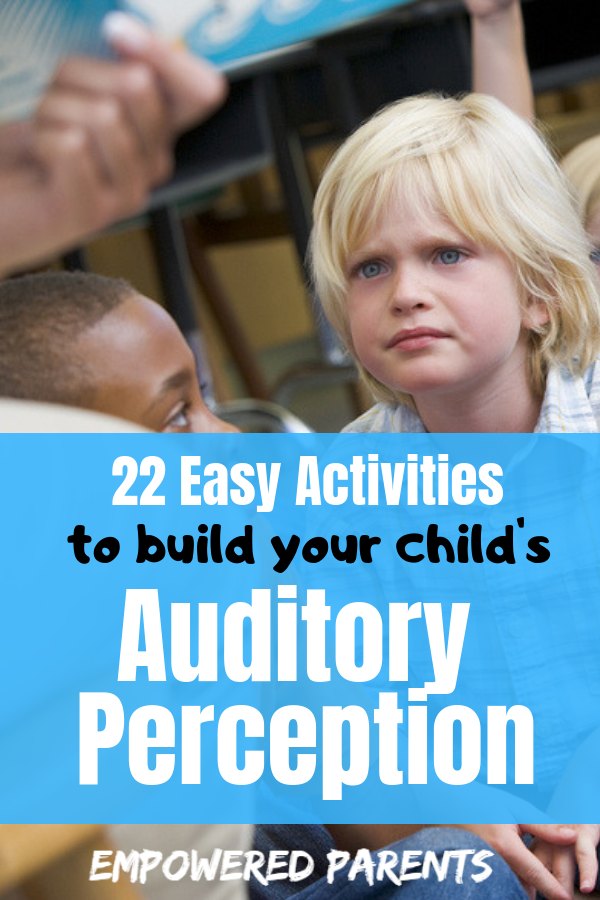
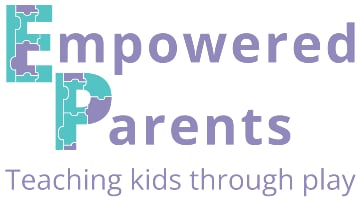
Sahar
Sunday 19th of February 2023
Thanks for these useful, beneficial, and awesome activities.
Tanja Mcilroy
Monday 20th of February 2023
You're welcome, Sahar!
Dayne Williams
Tuesday 23rd of February 2021
Thanks for these. Really practical.
Tanja Mcilroy
Tuesday 23rd of February 2021
Glad you found these useful! Thanks for reading
Name *kivilcim
Wednesday 19th of August 2020
thanks so much
Tanja Mcilroy
Wednesday 19th of August 2020
You're welcome!
Maya
Wednesday 17th of June 2020
Thank you for those awesome activities.